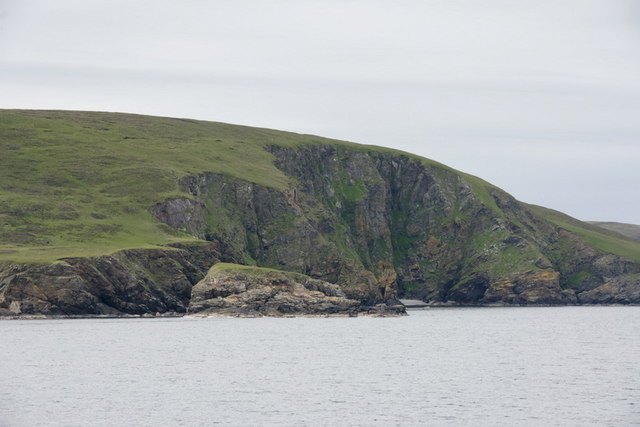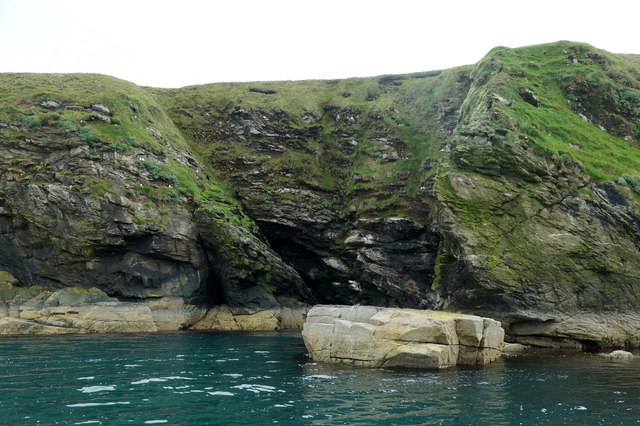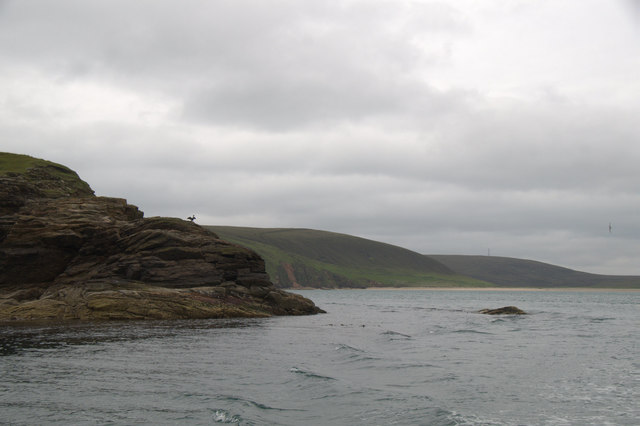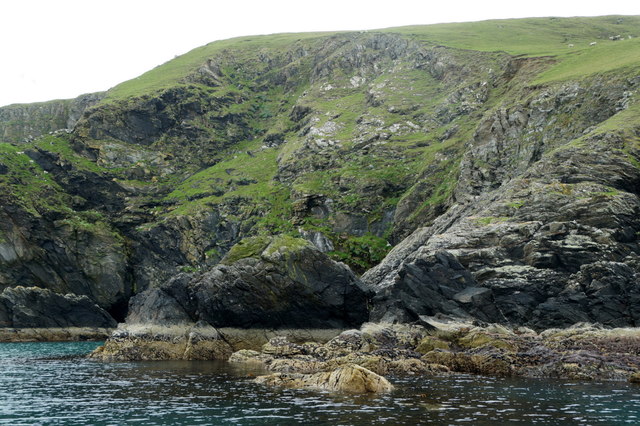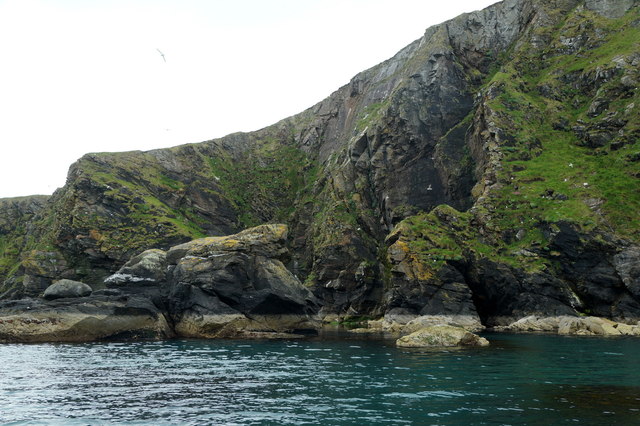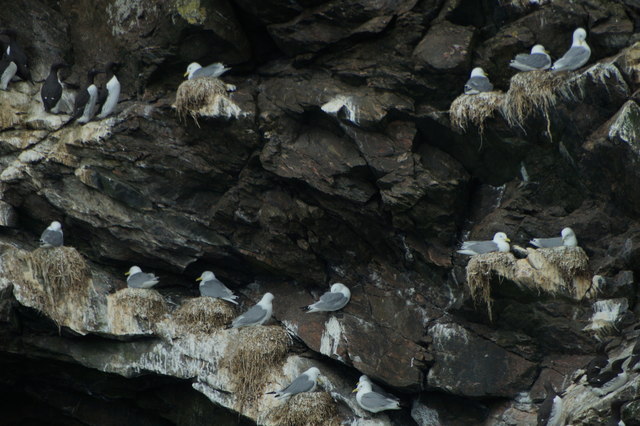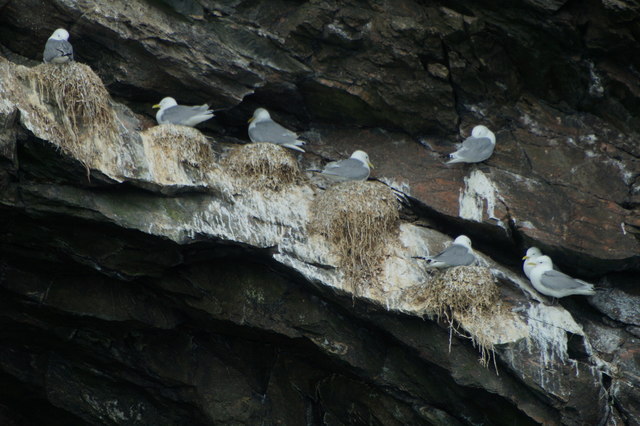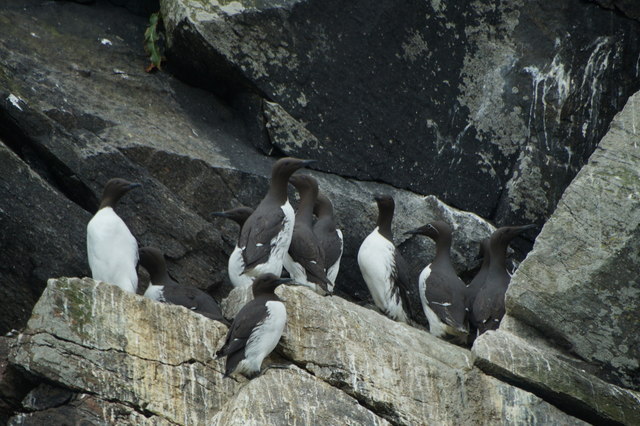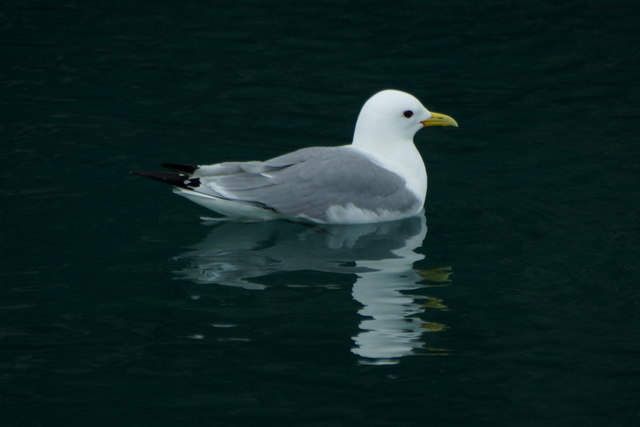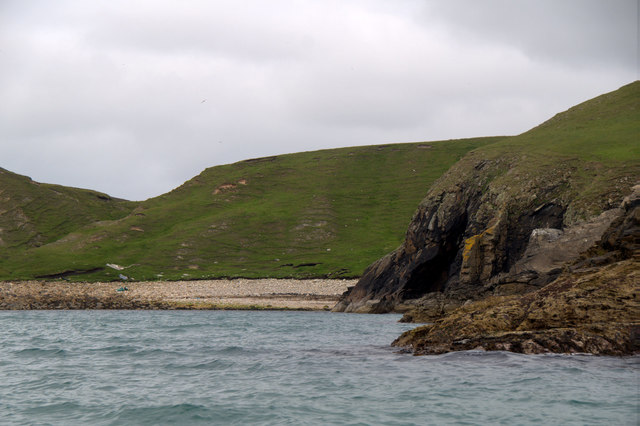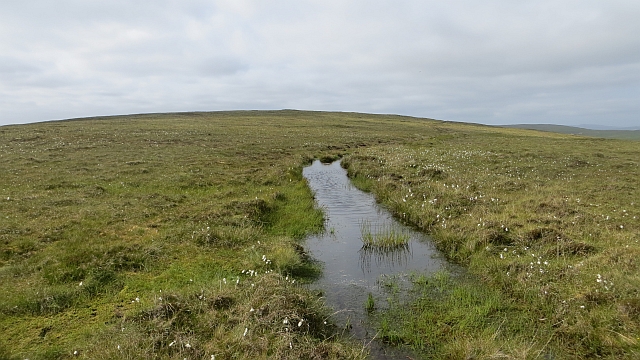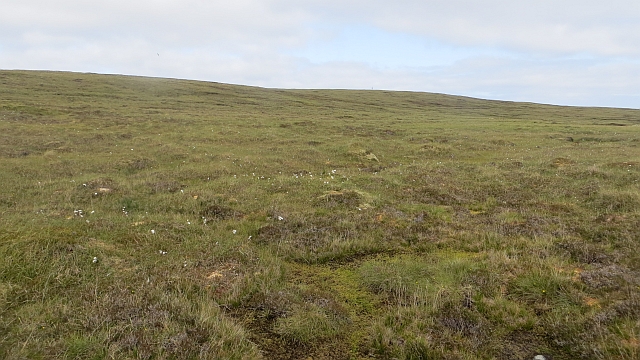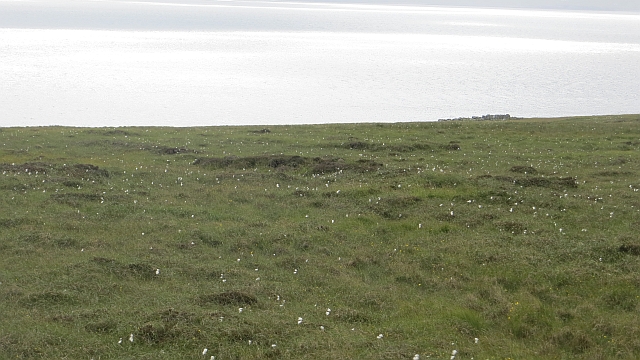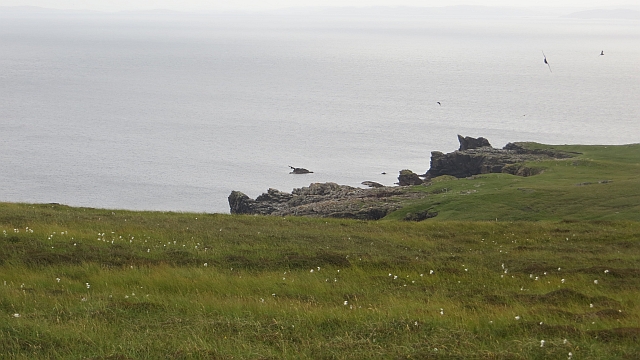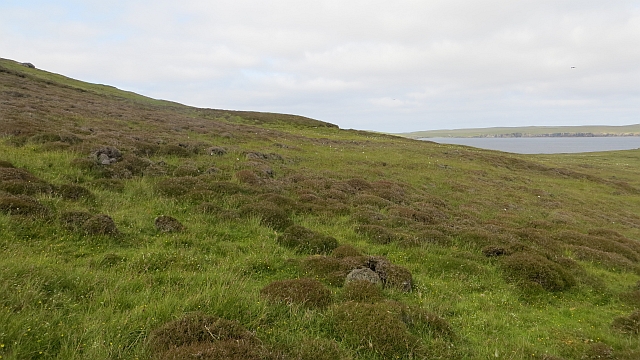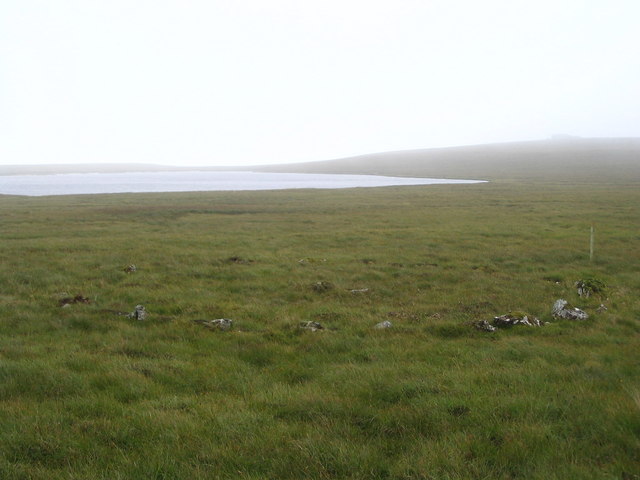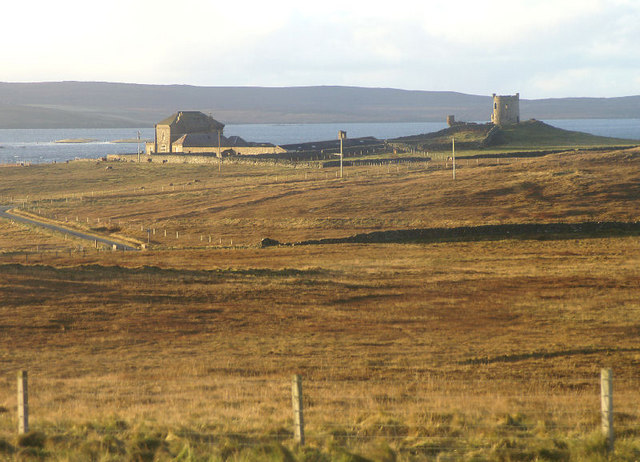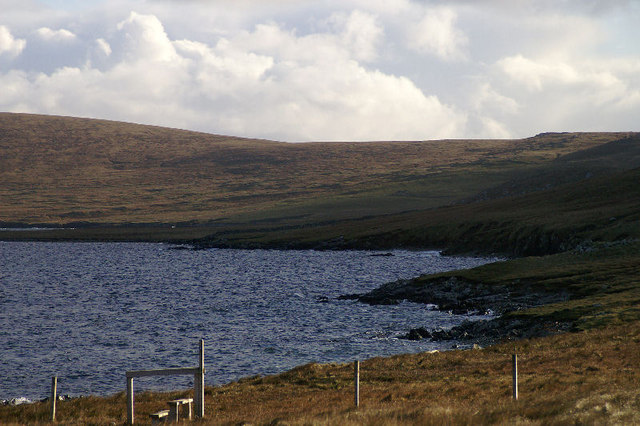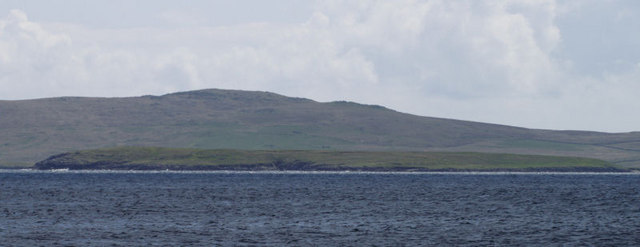Inner Dale
Coastal Feature, Headland, Point in Shetland
Scotland
Inner Dale
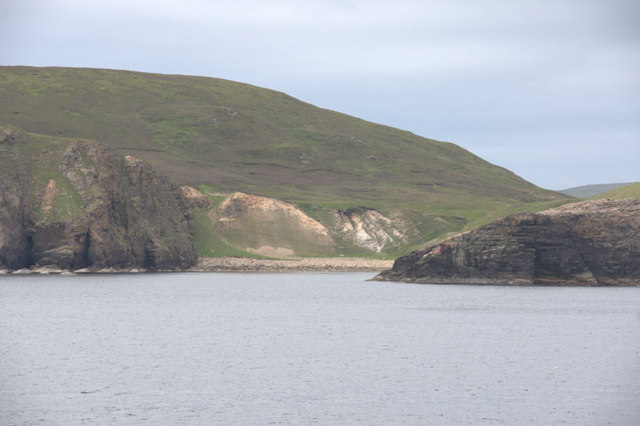
Inner Dale is a prominent coastal feature located on the Shetland Islands in Scotland. Situated on the eastern coast of the mainland, it is characterized as a headland or point, jutting out into the North Sea. The name "Inner Dale" refers to the area's geographical position, nestled between the settlements of Dale and Outer Skerries.
The headland at Inner Dale is composed of rugged cliffs and rocky outcrops, typical of the Shetland coastline. These cliffs rise steeply from the sea, offering stunning panoramic views of the surrounding landscape. The area is known for its dramatic scenery, with towering cliffs reaching heights of up to 100 meters (330 feet) in some places.
The coastline of Inner Dale is also home to a variety of wildlife, including seabirds, such as fulmars, puffins, and guillemots. The surrounding waters are rich in marine life, making it a popular spot for fishing and birdwatching enthusiasts.
Access to Inner Dale is limited, with no direct road or footpath leading to the headland. However, visitors can reach the area by boat or by following coastal paths from nearby settlements. The lack of development in Inner Dale has helped to preserve its natural beauty and tranquility, making it an ideal destination for those seeking solitude amidst breathtaking scenery.
Overall, Inner Dale is a captivating coastal feature on the Shetland Islands, offering visitors a chance to immerse themselves in the rugged beauty of the Scottish coastline while enjoying the abundant wildlife and peaceful atmosphere.
If you have any feedback on the listing, please let us know in the comments section below.
Inner Dale Images
Images are sourced within 2km of 60.583236/-0.88593869 or Grid Reference HU6189. Thanks to Geograph Open Source API. All images are credited.
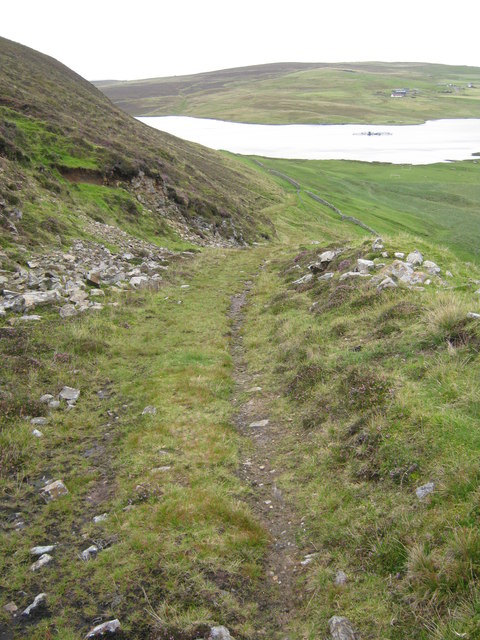
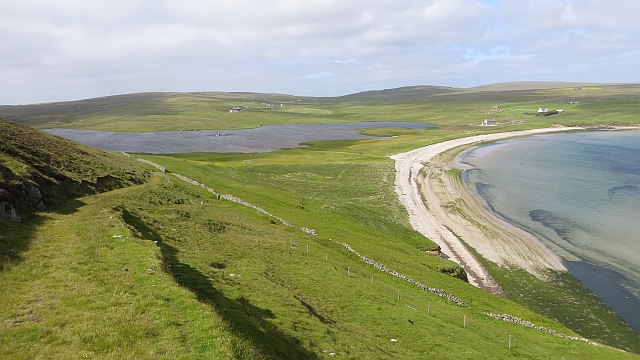
Inner Dale is located at Grid Ref: HU6189 (Lat: 60.583236, Lng: -0.88593869)
Unitary Authority: Shetland Islands
Police Authority: Highlands and Islands
What 3 Words
///back.buildings.resettle. Near Houbie, Shetland Islands
Nearby Locations
Related Wikis
Fetlar
Fetlar (Scots: Fetlar) is one of the North Isles of Shetland, Scotland, with a usually resident population of 61 at the time of the 2011 census. Its main...
Haltadans
Haltadans, also known as Fairy Ring or Haltadans stone circle, is a stone circle on the island of Fetlar in Shetland, Scotland. This site is a ring of...
Brough Lodge
Brough Lodge is a 19th-century Gothic mansion on Fetlar, one of the Shetland Islands, in northern Scotland. Built by the Nicolson family, who were responsible...
Funzie Girt
Funzie Girt (; Scots: Funyie Girt "Finns' dyke") is an ancient dividing wall that was erected from north to south across the island of Fetlar in Shetland...
Urie Lingey
For other islands with similar names, see Linga (disambiguation) Urie Lingey is one of the Shetland Islands. It is between Fetlar and Unst, and Yell is...
Hamars Ness
Hamars Ness is a headland on the island of Fetlar in Shetland, Scotland. The name is from the Old Norse Hamarsnes meaning "craggy headland". A ro-ro ferry...
Hascosay
Hascosay (Scots: Hascosay; Old Norse "Hafskotsey") is a small island lying between Yell and Fetlar in the Shetland Islands, Scotland. == Geography and... ==
Sound Gruney
For other islands with similar names, see Gruney (disambiguation) Sound Gruney is one of the Shetland islands. It lies about 1.5 kilometres (0.93 mi)...
Have you been to Inner Dale?
Leave your review of Inner Dale below (or comments, questions and feedback).
